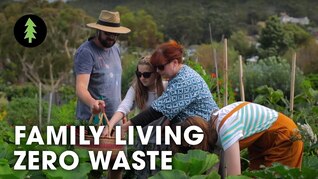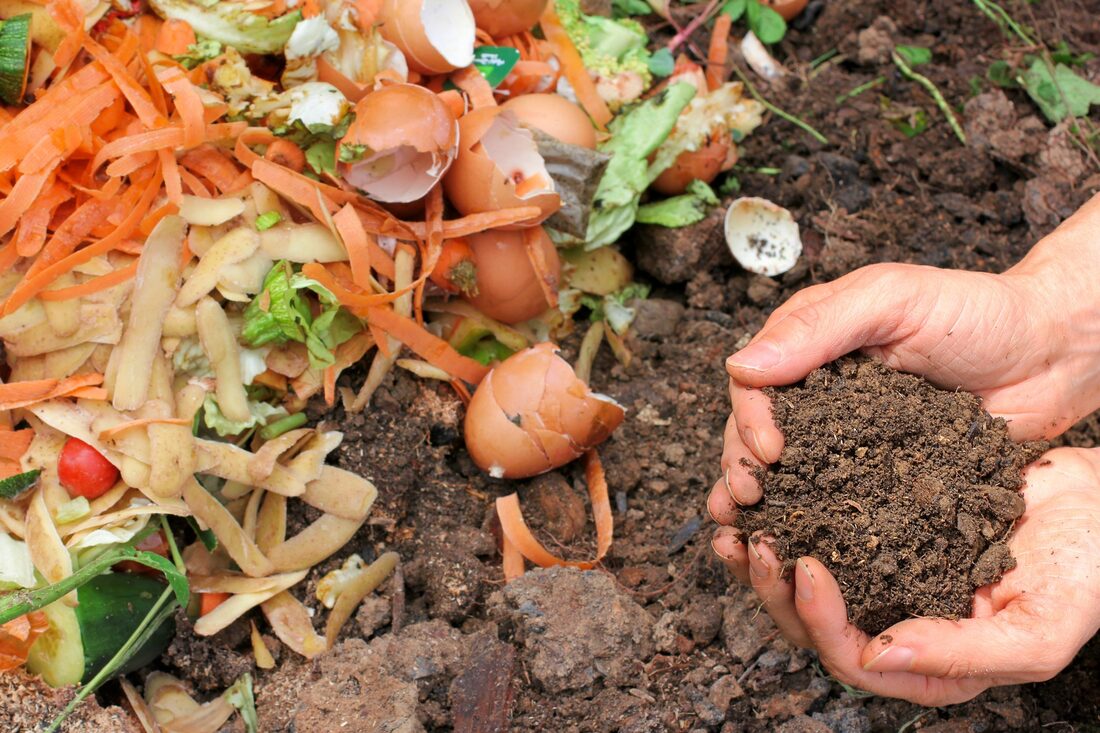Embrace A Zero-Waste Lifestyle For A Healthier Planet
Zero waste is a philosophy that aims to eliminate waste by reducing, reusing, and recycling materials. In farming, this means using every part of the plant and the animal and finding ways to reuse materials like plastic containers and bags. By using composting, zero waste, aquaculture, hydroponics, and raised garden beds, farmers can reduce waste, save water, and increase productivity.
|
Living with minimal waste empowers individuals and benefits our planet simultaneously. By adopting a zero-waste practice, we can nurture a regenerative lifestyle that fosters healing for our environment. By embracing zero-waste principles, we can actively participate in healing the Earth from the effects of climate change. Implementing innovative gardening and farming techniques holds the potential to reduce landfill waste by 10% as early as 2025. Additionally, we can expect to see a significant increase in recycling rates, potentially reaching 15% within the first year.
|
_________________________________________________________________________
|
Composting Done The Natural Way
Transform your kitchen scraps and yard trimmings into a goldmine for your garden! Composting, using the natural process of decomposing, turns waste into a treasure trove of benefits for both your wallet and the environment. Save hundreds of dollars each year and ditch the expensive chemical-laden fertilizers and soil amendments. Natural Composting provides a free and effective way to nourish your plants, significantly reducing your reliance on store-bought products. |
_________________________________________________________________________
|
America has a waste problem. An average American produces about 4.9 pounds of garbage per day and approximately three-quarters of a tonne per year. If you are thinking “this can’t possibly be right, there is no way I produce THAT MUCH”, get ready for another blow.
|
The U.S.A holds the record of producing the highest amount of garbage in the world, more than Russia, India, and even China. All that trash has to end up somewhere and as a result, the 2,000 active landfills in the US are reaching their capacity. What will happen when we run out of the room? Well, let’s ask a better question. What can we do to manage our waste better and prevent a catastrophe? Overfilled landfills are a big problem. Some states decide to simply burn the landfills, as burning reduces the volume of the trash in the landfill significantly. This frees up a lot of space, but the problem of toxic gasses and fumes being released into the atmosphere persists. Not only do these gasses contribute to climate change, but they can also deteriorate human health and end up costing millions in medical expenses.
On the other hand, simply leaving the landfills as they pose other issues. The chemical and biological reactions taking place in landfills can create a lot of issues as these chemicals leach into the ground and contaminate water that municipalities may extract for use in their water systems. The piles of organic garbage also release harmful methane, a greenhouse gas more 86 times more potent than carbon dioxide. So, what can be done to alleviate these issues?
On the other hand, simply leaving the landfills as they pose other issues. The chemical and biological reactions taking place in landfills can create a lot of issues as these chemicals leach into the ground and contaminate water that municipalities may extract for use in their water systems. The piles of organic garbage also release harmful methane, a greenhouse gas more 86 times more potent than carbon dioxide. So, what can be done to alleviate these issues?
_________________________________________________________________________
|
Hydroponic Agriculture
How does hydroponic agriculture work? At its most basic level, hydroponics is when plants are grown in a nutrient solution rather than soil. Instead of the roots growing down into dirt and gaining nutrients that way, in a hydroponic system, the roots grow into a liquid solution that is fortified with all the essential nutrients for healthy plants. Although almost any crop can be grown hydroponically, the most common are leaf lettuce, tomatoes, peppers, cucumbers, strawberries, watercress, celery and some herbs. Typically, hydroponic systems need water added everyday. |
Hydroponics Video |
_________________________________________________________________________
|
Small Space Home Hydroponic Gardening
|
Large Space Farming Hydroponic Gardening
|
Fruit Crops Hydroponic Gardening
|
_________________________________________________________________________
Aquaponics Video |
Backyard Aquaponics Gardening
In aquaponics, the plants are grown in the grow bed, and fish are placed in the fish tank. The nutrient-rich water from the fish tank that contains fish waste is fed to the grow bed, where billions of naturally occurring beneficial bacteria break the ammonia down into nitrites and then into nitrates. Most fish found in aquaponics systems are meant to be eaten, like tilapia, carp, trout, and bass. However, if your aquaponics set-up is filled with beautiful goldfish and koi, these aren't typically meant to be caught and eaten.
|







